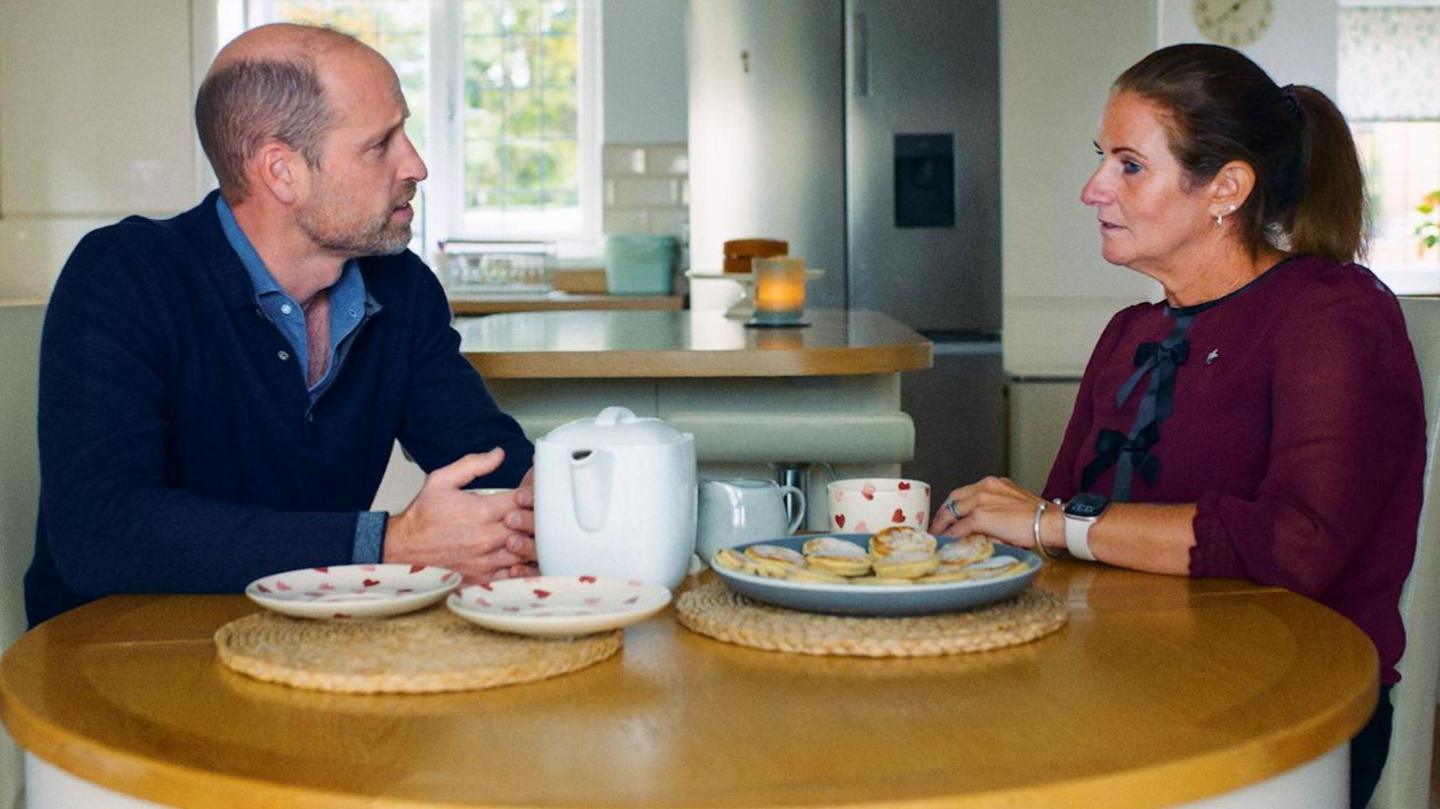Gothic revival castle goes on sale for £2m
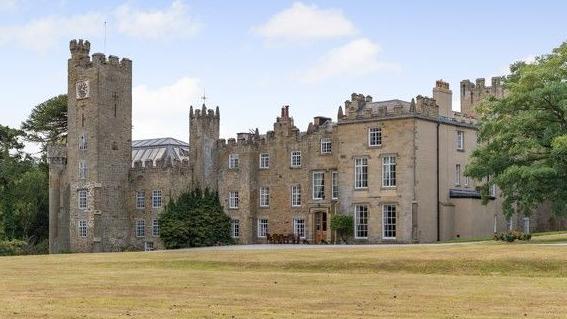
The property sits within around 67 acres (27 hectares) of land and comes with various outbuildings including a gothic gatehouse lodge
- Published
A 19th Century gothic revival castle in north Wales has gone on sale for about £2m.
Grade II listed Gyrn Castle and estate in Llanasa, Flintshire, was once owned by Liverpool merchant and ship owner, Sir Edward Bates.
He passed it on to his son Sir Percy Bates, who was chair of the Cunard Shipping Line from 1930 to 1946, playing a key role in the construction of transatlantic liners the RMS Queen Mary and the RMS Queen Elizabeth.
The property comes with around 67 acres (27 hectares) of land including lakes, woodland and buildings, including a Gothic gatehouse lodge and coach house.
The castle transformed for new Netflix show House of Guinness
- Published29 September
I'm A Celeb castle granted £2m for urgent repairs
- Published7 August 2023
Why does Wales have so many castles?
- Published14 September 2019
The 12-bedroom property has gone on the market with a guide price of £2m and is described by estate agents Jackson-Stops as being suitable as either a private home or as a commercial venue.
Located on the edge of the village of Llanasa, a designated conservation area, it has five reception rooms and six bathrooms to accommodate plenty of guests.
"Gyrn Castle, an early 19th Century Gothic Revival castle house, reflects the Romantic era's fascination with history and nature," said Christopher Catling, CEO and secretary of the Royal Commission on the Ancient and Historical Monuments of Wales (RCAHMW).
"Designed to harmonise with its surroundings rather than dominate them, it is among the most successful picturesque castle-houses in Wales."
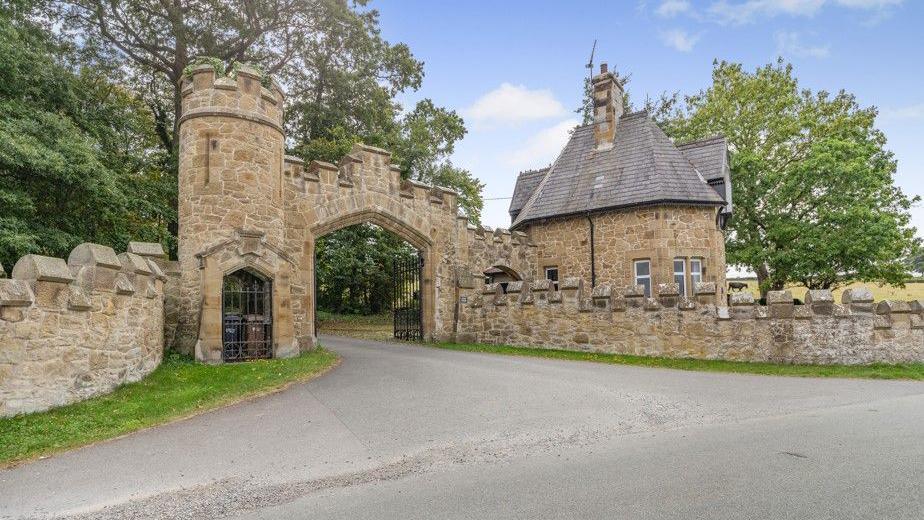
The North Lodge features a castellated stone arch entrance complete with gothic gatehouse lodge
A property is thought to have existed on the site since the late 17th Century and it was believed to have once been part of the Mostyn Estate, Jackson-Stops said.
It was owned by Thomas Hughes of Halkyn in 1750 and was later owned by John Douglas, a cotton manufacturer from Holywell.
Douglas turned the property, located next to the Dee Estuary, into a castellated mansion between 1817 and 1824, according to the National Monuments Records of Wales.
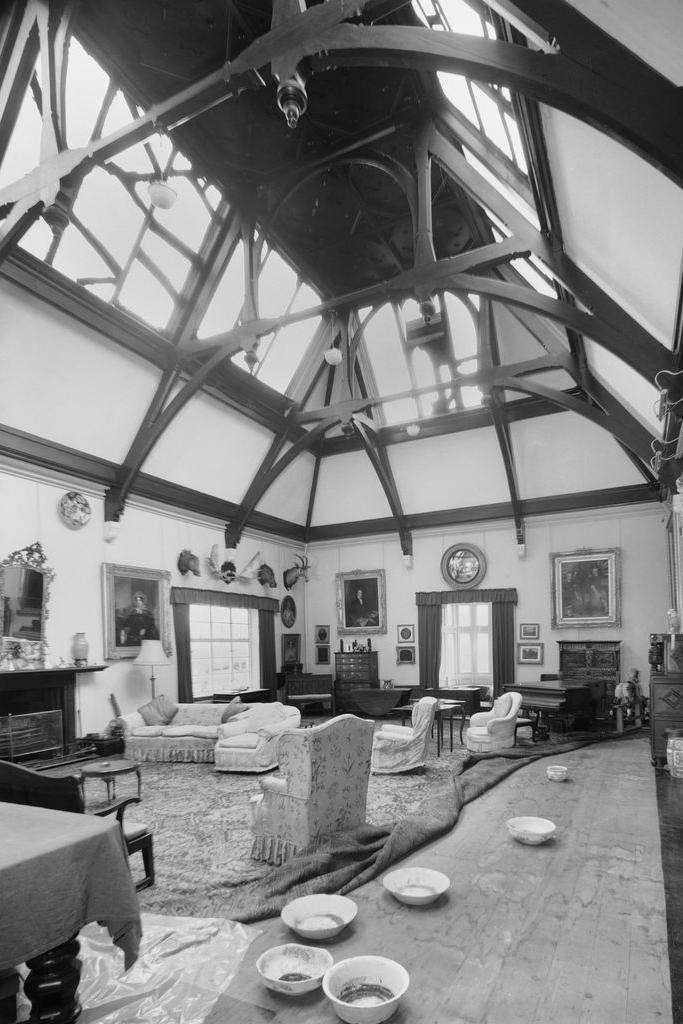
The Picture Gallery, featuring a five-bay roof, is seen in a photo thought to date back to either the late 1970s or around 1980, the RCAHMW said
The property remained in the ownership of the Bates family until 2008, when it was purchased by the Howard family, who were related to the Bates family by marriage, Jackson-Stops said.
Sir Edward Bates is thought to have brought wood panelling from his house at Beechenhurst in Allerton, Liverpool to be used in the entrance hall, the National Monuments Records of Wales, external said.
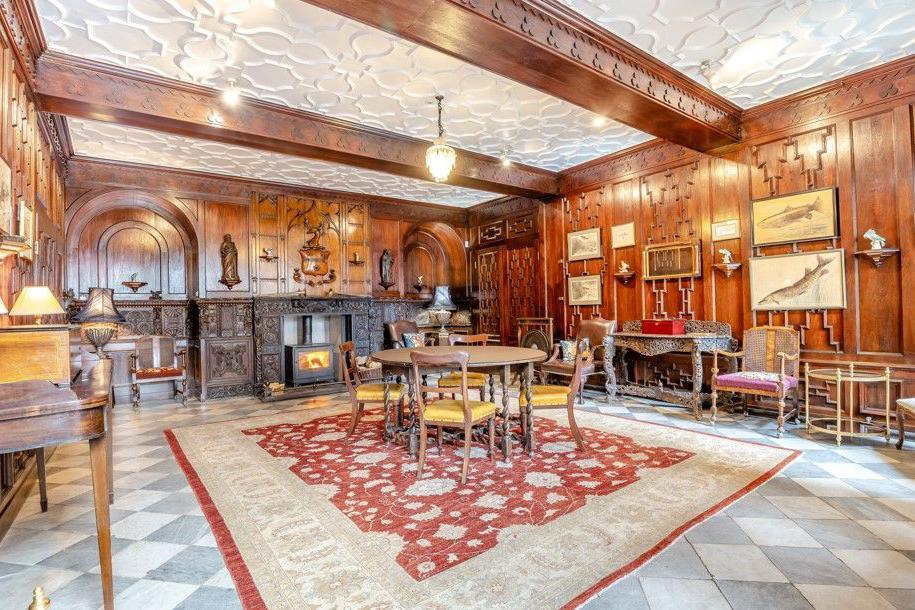
The estate is said to be suitable as either a private home or as a commercial venue
The property and much of its estate has been listed by Cadw, including its walled garden, Gothic gatehouse lodge, coach house, stables and ice house.
The gardens at the property include a rock garden and a terrace garden.
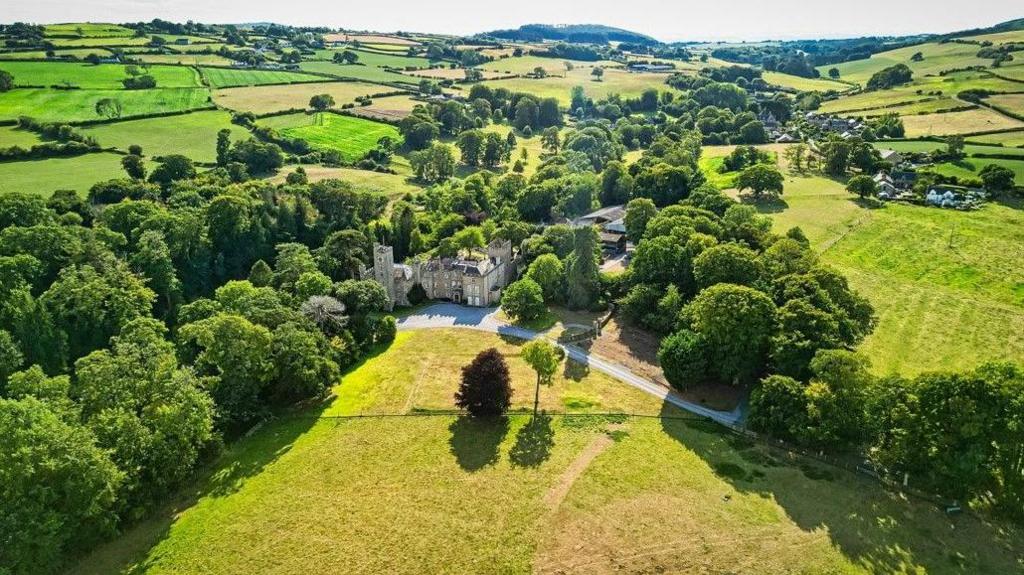
The property sits next to the Dee Estuary
"The grounds at Gyrn Castle are registered for their historic interest as a 19th Century picturesque layout with a circuit walk around a series of lakes and woodland," a Cadw spokesperson said.
Gyrn Castle is currently a private residence but has also been used as a wedding venue and for corporate events more recently, the estate agents said.
Related topics
More top stories
- Published16 October

- Published15 October
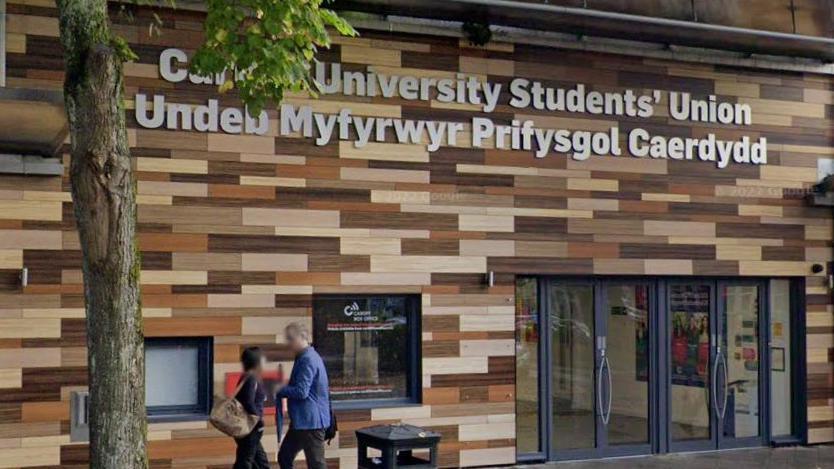
- Published16 October
